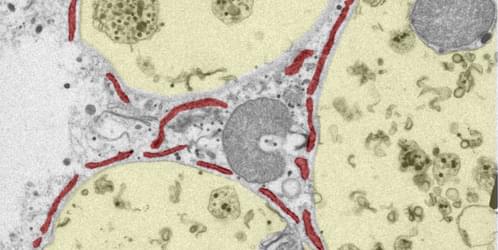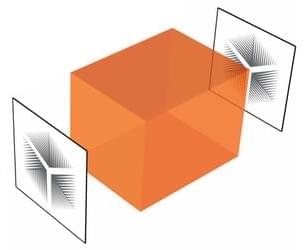Nov 6, 2023
Chinese drones with ‘human brains’ tackle complex tasks through group chats
Posted by Saúl Morales Rodriguéz in categories: drones, robotics/AI
The post included a demonstration video from the researchers, showing how a team of five drones successfully located a set of keys in an outdoor park.
“The drones showcased key abilities, including humanlike dialogue interaction, proactive environmental awareness and autonomous entity control,” the WeChat report said. Autonomous entity control refers to the drone cluster’s ability to adjust flight status in real time based on environmental feedback.
The technology equips each drone with a “human brain”, allowing them to chat with each other using natural language. This ability was developed based on a Chinese open-source large language model called InternLM, according to the report.

















